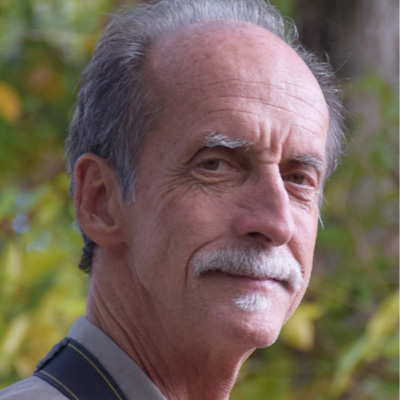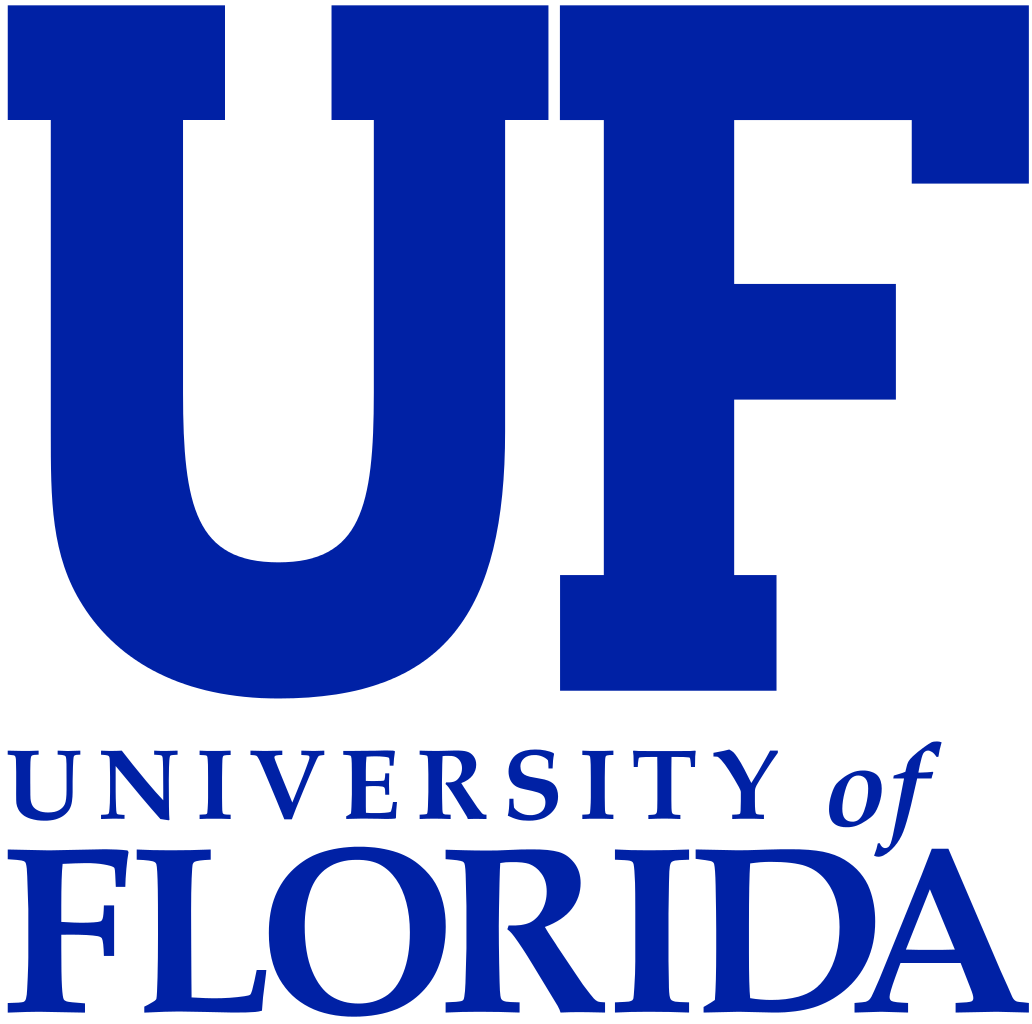Combining art, history, books, and ecology to promote conservation of nature
The Conservation Movement's beginnings can be traced back to 1662 with the publication of John Evelyn's work, Sylva, which was one of the most influential texts on forestry ever published. In the last 353 years, the work of ecologists has spurred an international concern for the ways in which we use and maintain our planet. The research of Dr. Reed Noss, of the University of Central Florida, is no different. His work is focused on characterizing the total environment of a region and its history. With a broad and interdisciplinary approach, Dr. Noss draws information from many disciplines and a vast literature, as well as from his own field work, to develop a comprehensive picture of the ecology of a region and the threats it faces. His research has direct practical benefits for conservation. Only by understanding the factors that created and maintained various ecosystems, and the life histories of individual species that today are at risk of extinction, can we develop meaningful plans to protect them. In addition, Dr. Noss has woven ecology into art, history, and books, to make the necessity of conservation more accessible to a broader audience, which extends beyond scientists.
Dr. Noss' extraordinary ability to synthesize the many smaller questions and disciplines into relevant and accessible content for both the scientific community and the public has made him a leader among his peers. Reviews of his books are filled with the ways in which he "re-inspired(s) a sense of awe and wonder" (Ecological Restoration) and "I have learned more about conservation biology and conservation planning from reading the works of Reed Noss than any other contemporary conservation biologist" (Biological Conservation), thus elucidating his important contributions to conservation efforts. In addition, his efforts to bring visual media to the forefront of environmental sustainability has offered a new lens in which issues of conservation become relevant to the public. In short, while rigorously academic by nature, Dr. Noss' research is conducted in a manner that is truly for the benefit of the global community, as he brings complex ecological issues to the everyman. His firm belief that through a "better understanding of the natural history of a region, individuals develop a sense of place and want to protect their home," keeps Dr. Noss motivated to continue to challenge the community at large to work towards harmony with nature.
Current projects include:
-
Visual Media: Dr. Noss and a painter colleague, Philip Juras, have proposed a project entitled, "Celebrating the Grasslands of the South through Science and Art," in which they hope to combine visual media with scholarly information on natural history, ecology, and cultural history in a series of exhibitions and presentations.This kind of science-art project could be conducted for any region or group of ecosystems.
-
Books: Dr. Noss is working on two books. One is on disturbance ecology, specifically about the importance of natural disturbance as a fundamental driver of ecosystem dynamics, and about how disturbance regimes change with climate change and land-use - and how these changes affect people. The second book is on the fire ecology of Florida and surroundings, in which he addresses the importance of fire in generating biodiversity and keeping ecosystems "healthy," and how mismanagement of fire has led to many problems and threats.
-
Photography and Art: Dr. Noss has a project envisioned, "Endangered Ecosystems of the Americas," in which he and collaborating scientists, photographers, and artists will develop profiles of major ecosystems across the Americas that are rich in biodiversity but have suffered habitat loss and are threatened by continued habitat loss, climate change, and other factors. The goal is to alert people to the beauty of these remarkable regional ecosystems and the threats they face - and understanding what can be done to address these threats.
-
Sea Level Rise: Dr. Noss has been exploring sea level rise in Florida and its implications for people, other species, and ecosystems. By identifying the hot spots where many species are unable to move in advance of the rising seas, as well as stretches of coastline that offer opportunities for landward movement, Dr. Noss and his team hope to shed new light on this environmental issue.
- Road Impacts on Wildlife: Dr. Noss is investigating the impact of roads on wildlife and ecosystems, and what can be done to mitigate these impacts. He has been studying these questions for the last decade and hopes to apply such science to education and public awareness.
Bio
Dr. Noss has been fascinated by nature and living things his entire life. Always eager to learn more about them, his current research is interdisciplinary and attempts to bridge the basic-to-applied research gap. It involved regional-scale synthesis of information from ecology, evolutionary biology, biogeography, and history to provide a comprehensive picture of the natural and semi-natural environment of a region. He is motivated by knowledge about nature for its own sake but also for its utility, conservation, and education.
In his free time, aside from research, Dr. Noss is a seventh degree black-belt in Karate and spends time teaching future black-belts. He explains that his own involvement in Karate, beginning during his undergraduate career, helped mold him into the disciplined researcher he is now. In addition to Karate, he enjoys music, photography, hiking, backpacking, and canoeing.
In the News
The New York Times
Center for Biological Diversity
Earth Island Journal
Publications
Videos
Awards
Pegasus Professor, 2014
University of Central Florida
Outstanding Alumnus Award, 2011
University of Florida, Department of Wildlife Ecology and Conservation
Conservation Leadership Award, 2010
Wilburforce Foundation
Elected Fellow since 2001
American Association for the Advancement of Science
Fellow, 1993-1996
Pew Scholars Fellowship in Conservation and the Environment


